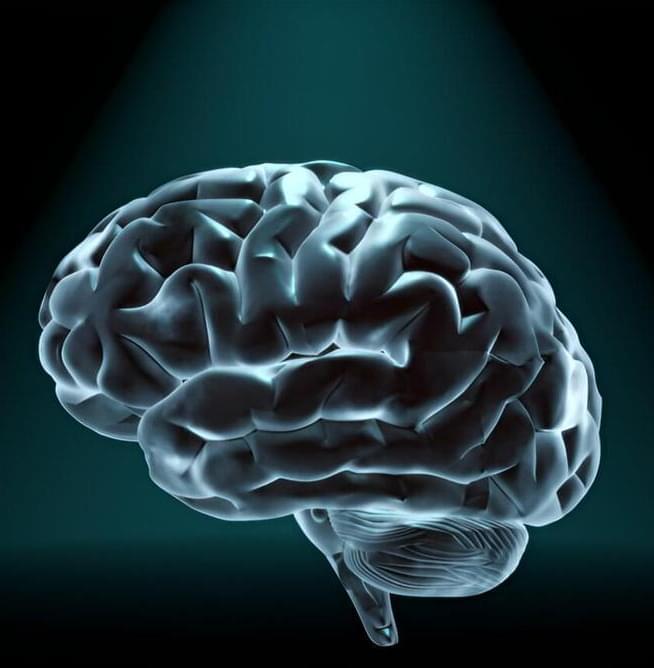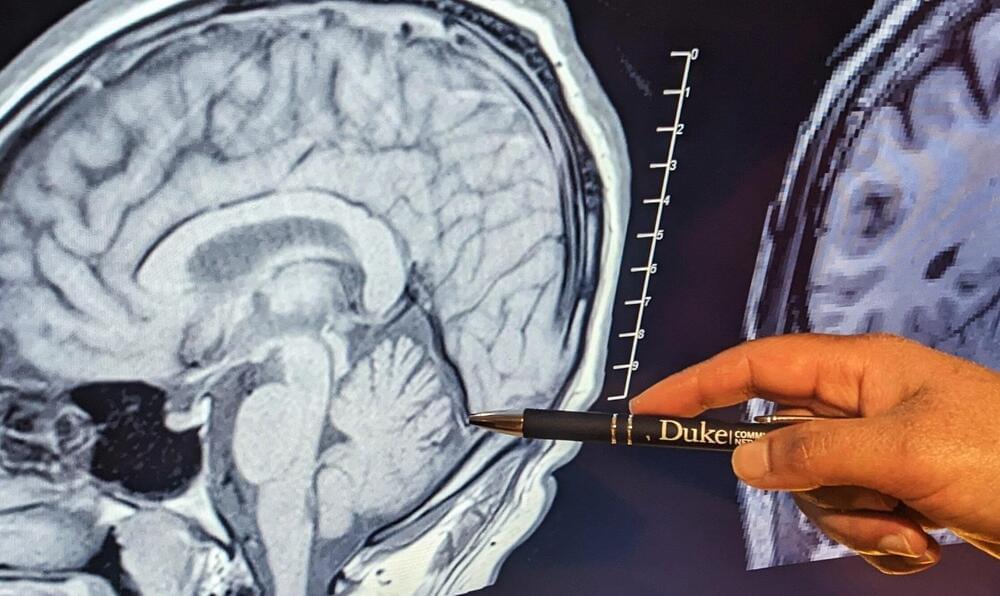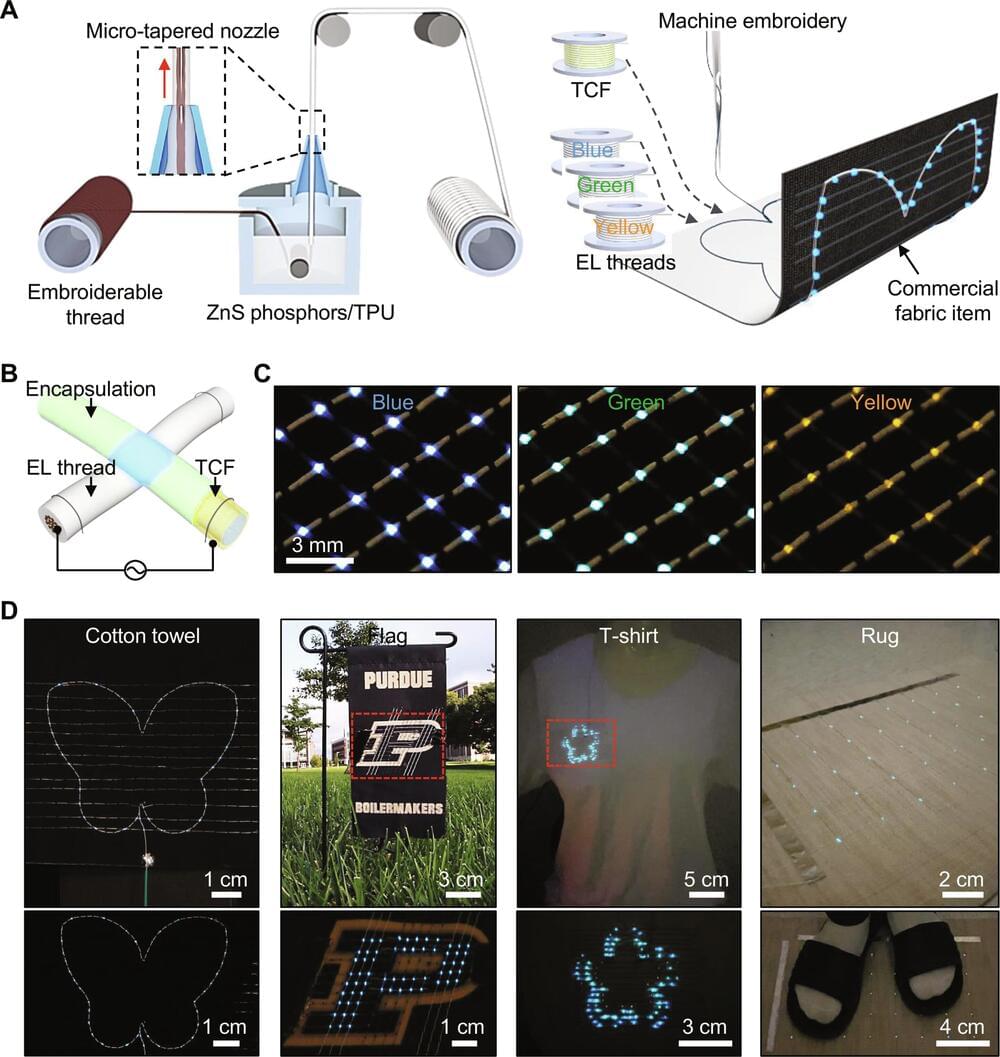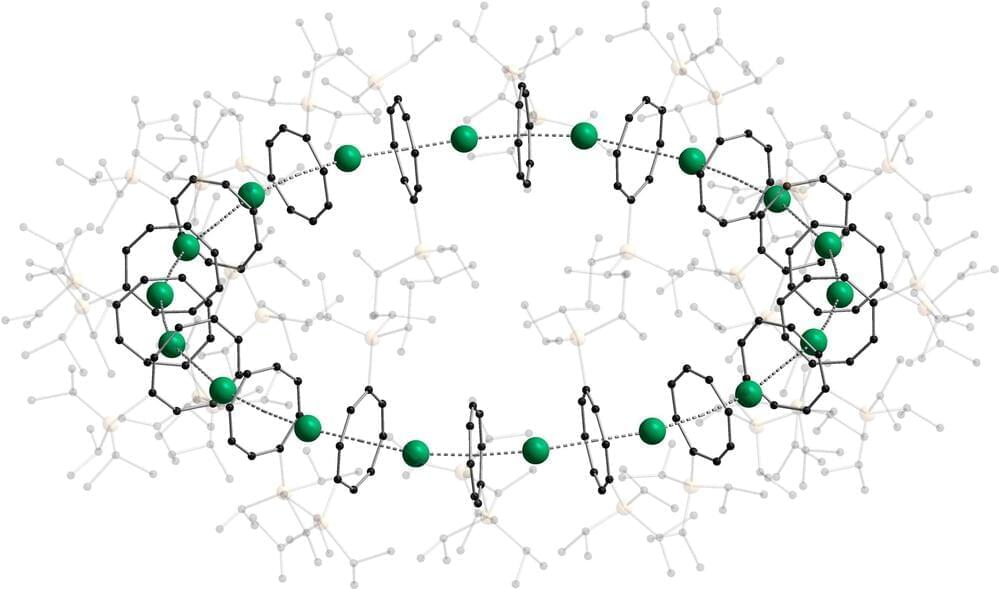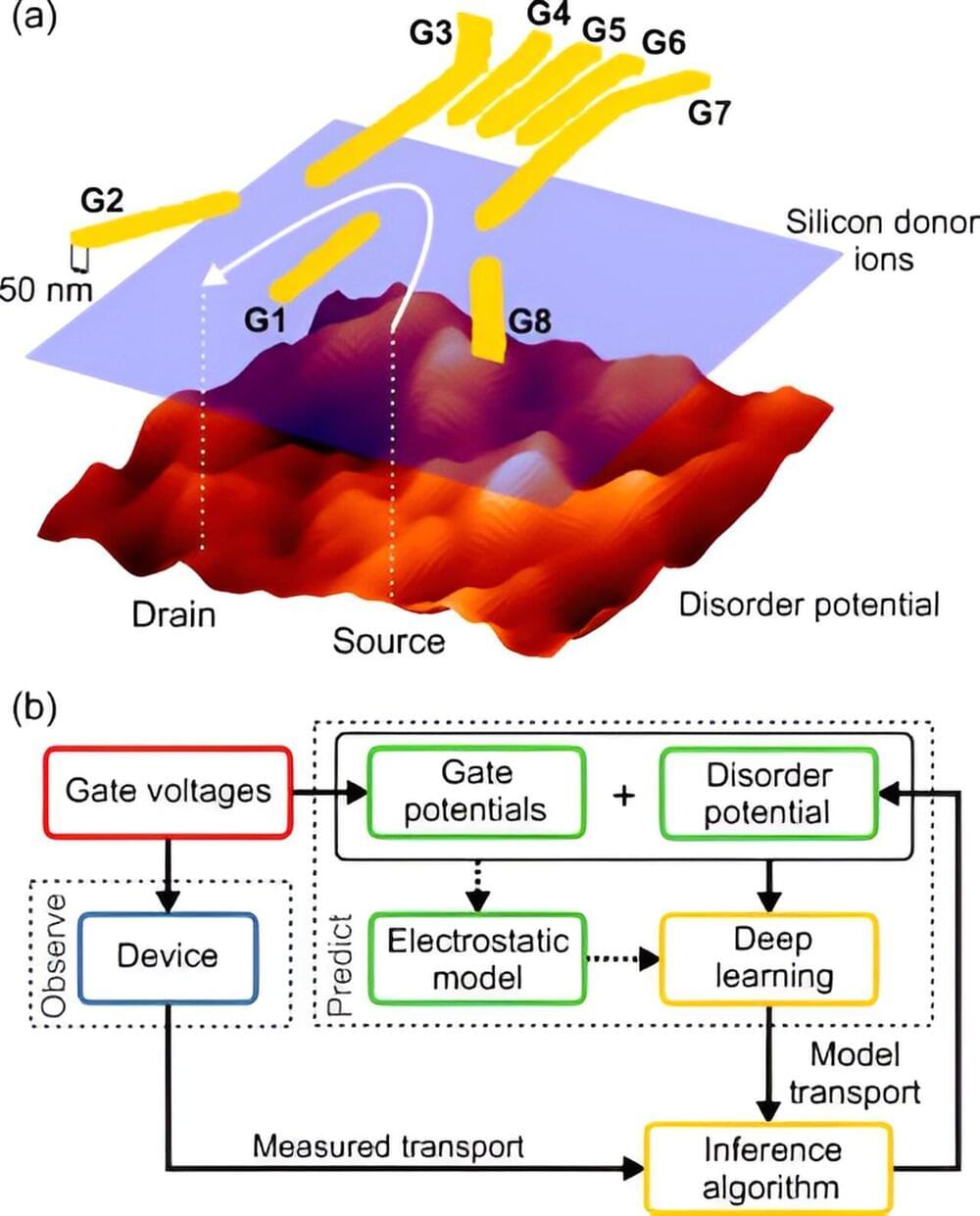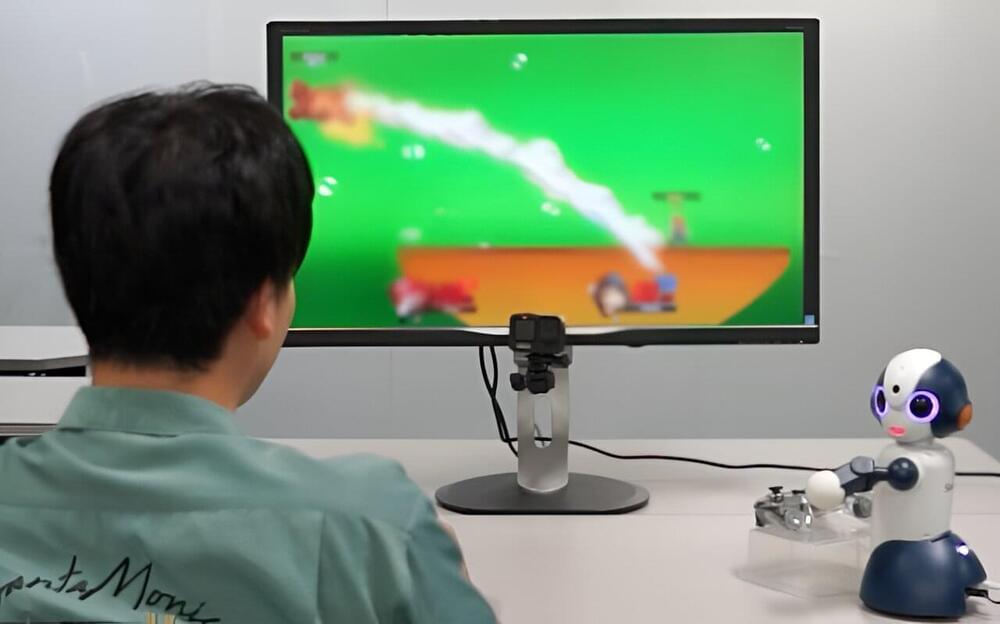New research from the Institute of Psychiatry, Psychology & Neuroscience has found an association between a reduction in gray matter in the brain and early onset psychosis (EOP).
The study, published in Molecular Psychiatry, is the largest ever brain imaging study in EOP and has provided unprecedented levels of detail about the illness. It shows that in contrast to other mental health disorders, people with EOP have a reduced volume of gray matter across nearly all regions of their brain. Researchers hope that this detailed mapping could be used to assist in future diagnosis, as well as to track the effects of treatment in patients with EOP.
EOP occurs before the age of 18 during a critical period of development in the brain. Individuals diagnosed with the illness are likely to experience severe and long-lasting symptoms that respond less well to treatment. Despite this, research into EOP has been limited in sample size and statistical power.
